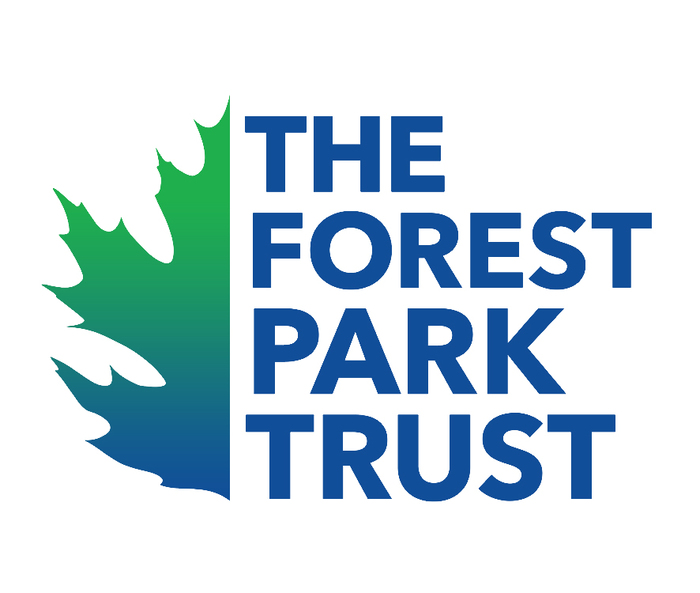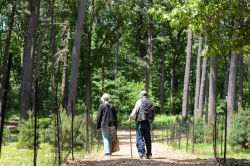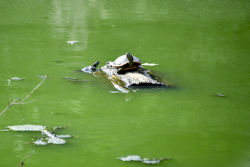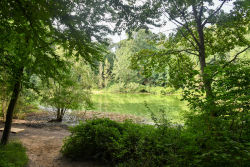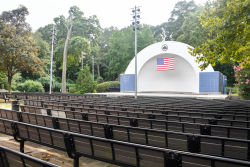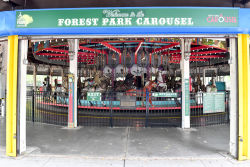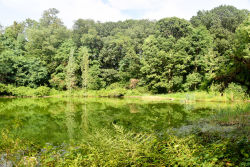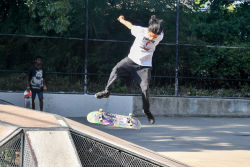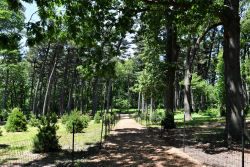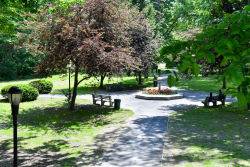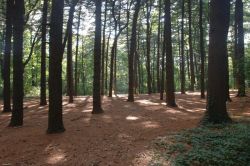Forest Park
Forest Park
What was here before?
One of New York City’s natural treasures, Forest Park’s topography was created by the Wisconsin glacier 20,000 years ago and includes the Harbor Hill Moraine, a series of small hills known as “knob and kettle” terrain. The area was inhabited by the Rockaway, Lenape, and Delaware tribes until the Dutch West India Company settled the area in 1635. They established several towns that were later chartered and incorporated into the independent City of Brooklyn in 1834. The site of Forest Park itself was occupied by various private landowners until the late 19th century.
How did this become a park?
In 1892, the New York State Legislature authorized an initiative by Brooklyn officials to establish a large public park. The Brooklyn Parks Department purchased the first parcel of what was called Brooklyn Forest Park on August 9, 1895, with additional acquisitions continuing until 1898. The park and Forest Park Drive were designed by the firm of Olmsted, Olmsted, and Elliot. The park was acquired by the City of New York in 1898, with the consolidation of Greater New York. It was managed by the Brooklyn Parks Department, which also managed all of Queens’ parks until an independent Queens Parks Department was established in 1911.
Forest Park is home to Oak Ridge, an exquisite example of Dutch Colonial architecture, Oak Ridge was built in 1905 by the architectural firm of Helmle, Huberty & Hudswell, who also designed the landmark Williamsburgh Savings Bank tower in Brooklyn. Originally built as the golf course clubhouse, it is now the administration building for Forest Park staff. The Overlook was completed in 1912 and houses NYC Parks’ Queens borough operations. The park’s greenhouse, built in 1910, grows trees and plants for many city parks. A matrix of parkways and rail lines, including the Long Island Rail Road, Jackie Robinson Parkways, Woodhaven Boulevard, and Myrtle Avenue, bisect the otherwise pristine terrain.
Forest Park also offers a wide array of recreational facilities, such as the Carousel, 110-acre Forest Park Golf Course George Seuffert, Sr. Bandshell, a bridle path for horses, tennis courts, playgrounds, Victory Field, areas for bird watching, and over five miles of walking trails. The park also contains several monuments, including the Richmond Hill War Memorial. The Forest Park Trust, a private-public partnership, provides additional support for the park.
What is this park named for?
Forest Park is named for its many trees, including the northern red oak, scarlet oak, tulip tree, shagbark hickory, white oak, wild black cherry, dogwood, Virginia creeper, sassafras, and corktree. The park contains a pine grove that was planted in 1914 to replace more than 15,000 trees lost to a fungus known as chestnut blight in 1912. Among these trees, there are some specimens that survived and date back to 1909. The park also contains the largest continuous oak forest in Queens and a stand of memorial trees planted along Forest Parkway in 1919 to commemorate fallen World War I soldiers.
Check out your park's Vital Signs
Clean & Safe
Green & Resilient
Empowered & Engaged Users
Share your feedback or learn more about how this park is part of a
Vital Park System

Know Before You Go

Links
Contacts
Forest Park Administrator: (718) 235-0815
Forest Park Golf Course: (718) 296-0999

